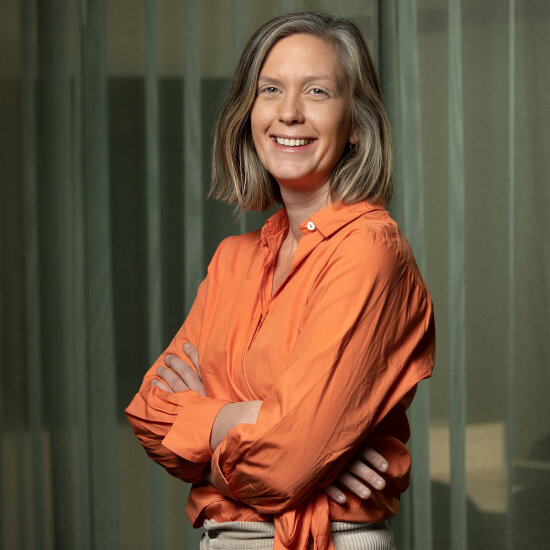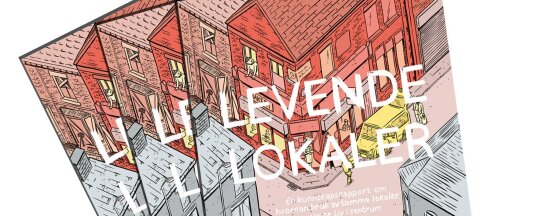Norwegian cities and densely populated areas are undergoing change. Retailers are moving into shopping centres, public sector activities are relocating outside of city centres and office buildings are being built in clusters. The result is vacant buildings and ghost towns. What is needed to create more vitality and activity on city streets? How can a vacant building be converted into an attractive shop, a social gathering place or an office community? What kinds of content will be important in the city centres of tomorrow and how can we explore this more deeply?
Project goal: a vibrant, lively city centre
The main goal of the project is to fill urban areas with activity and vibrancy. More concretely, the project aims to create tools and methods that can be used by Norwegian municipalities to activate vacant spaces as part of their overall efforts to revitalise their centres. This is to be achieved through:
- Local projects in three pilot municipalities
- A national reference group of experts
- A network of Norwegian municipalities and participants
- Lessons learned and follow-up research
- Communication and discussion along the way
Three pilot municipalities
Of the twenty-five applicants, Arendal, Lærdal and Tromsø were selected as pilot municipalities. These municipalities are working strategically to activate vacant spaces in their city centres from April 2016 to April 2018. This entails:
- Putting the theme on the local agenda
- Actively supporting and advising residents and parties that own or have a need for the vacant buildings
- Initiating activities in vacant spaces
- Examining how today’s regulations and bureaucratic processes support or inhibit more activity in vacant spaces
DOGA is assisting the three pilot municipalities with advice and expertise in the process.
Knowledge report and research
Eriksen Skajaa Architects has prepared a knowledge report (only available in Norwegian) that contains a systematic overview of national and international work on activating vacant spaces.
Real-time researchers from the Norwegian Institute for Urban and Regional Research (NIBR) is monitoring the Sparkling Spaces project throughout its duration, submitted an interim report in April 2017 and will submit a more comprehensive final report in the spring of 2018.
Results
The joint experiences and results from the pilot municipalities will be used to develop a guide and various national communication initiatives.




